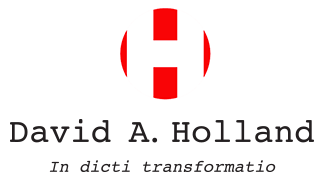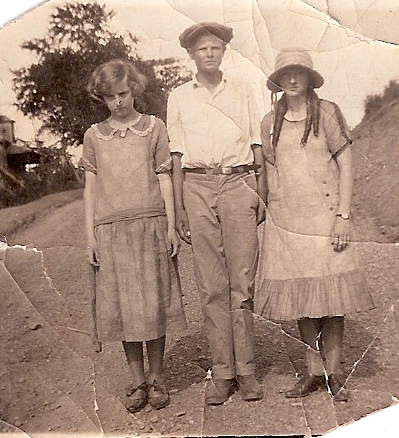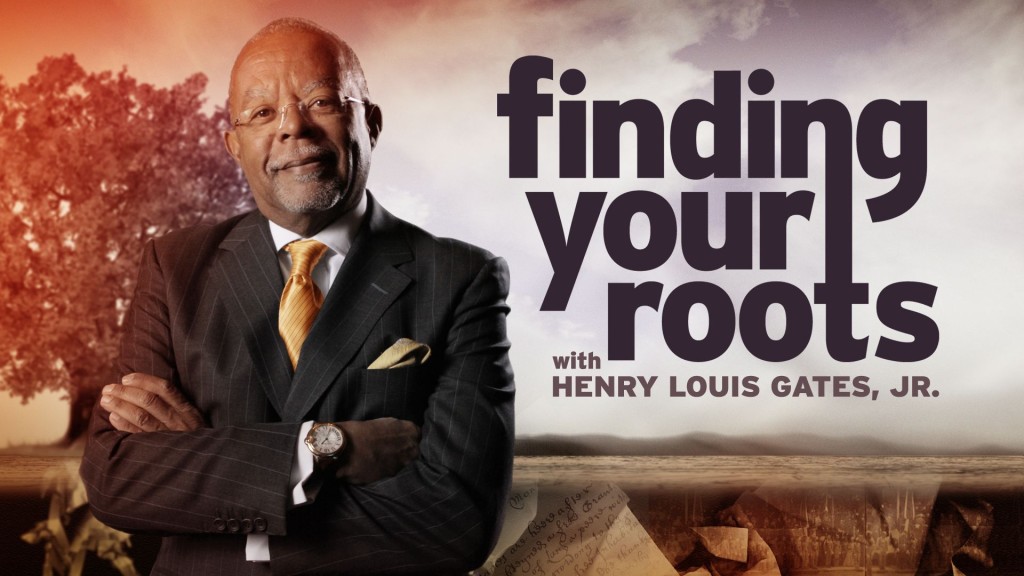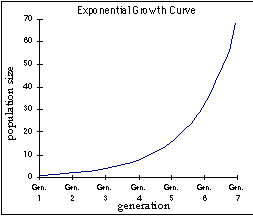Christian life is action.
Not a speculating.
Not a debating.
But a doing.
One thing, and only one, in this world has eternity stamped upon it. Feelings pass; resolves and thoughts pass; opinions change. What you have done lasts –lasts in you. Through the Ages, through eternity, what you have done in Christ, that, and only that, you are.
—F.W. Robertson (d. 1853), Scottish evangelist



 A few years ago I bought Mrs. H a subscription to Ancestry dot com for her birthday after she’d expressed some curiosity about her roots (she’s half Czech).
A few years ago I bought Mrs. H a subscription to Ancestry dot com for her birthday after she’d expressed some curiosity about her roots (she’s half Czech). Nevertheless, it’s fascinating to see how one individual’s mistake can snowball into something huge and seemingly universally accepted. Two or three people replicate that one person’s error. Then others observe that three or four people seem to all agree. Soon it seems like hundreds of people have all reached the same conclusion. It must be true!
Nevertheless, it’s fascinating to see how one individual’s mistake can snowball into something huge and seemingly universally accepted. Two or three people replicate that one person’s error. Then others observe that three or four people seem to all agree. Soon it seems like hundreds of people have all reached the same conclusion. It must be true!